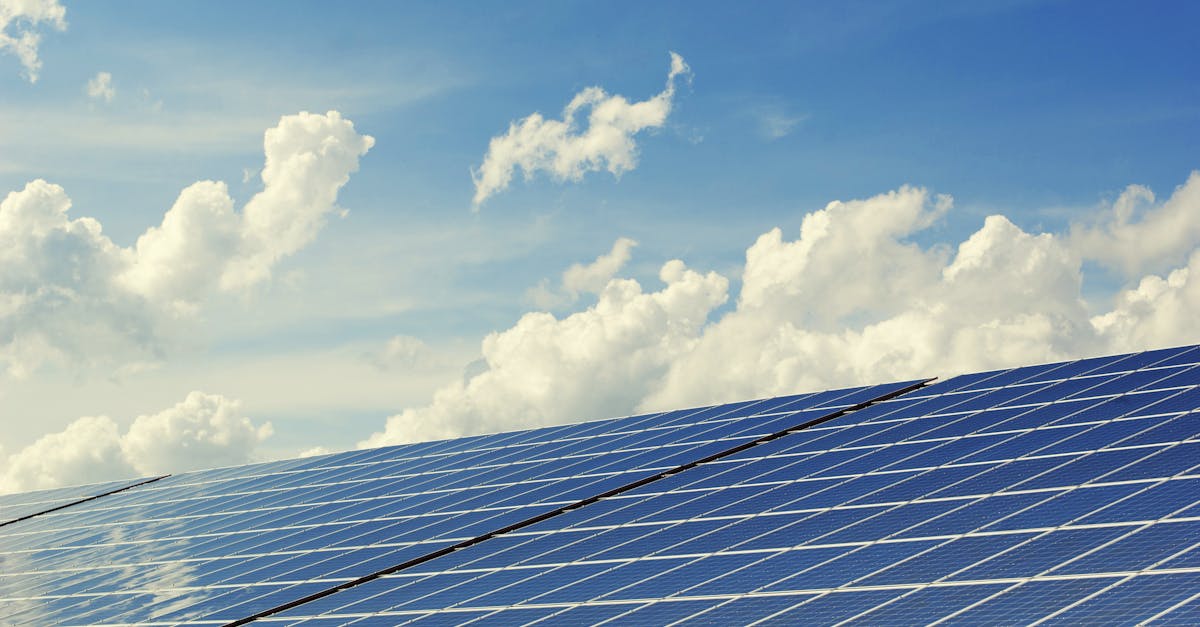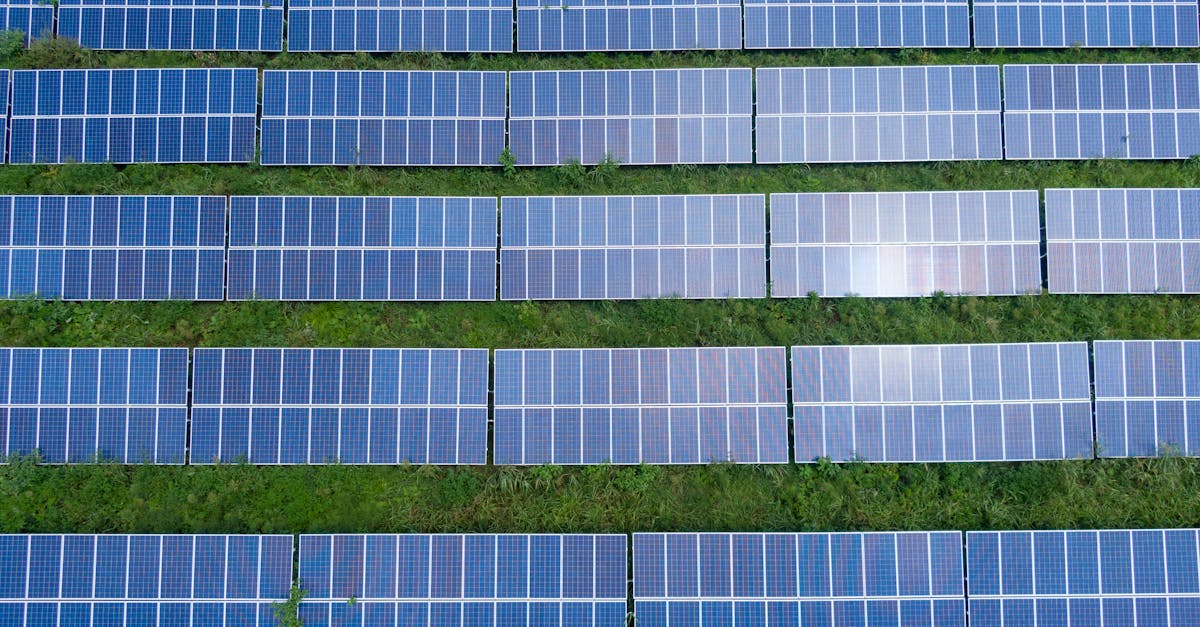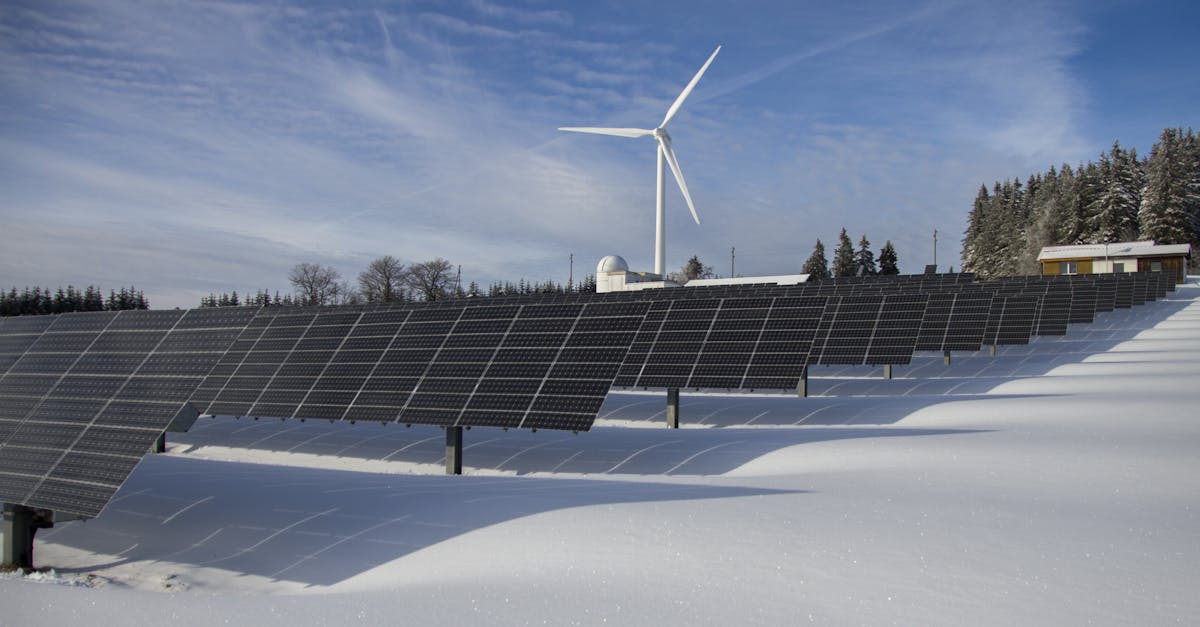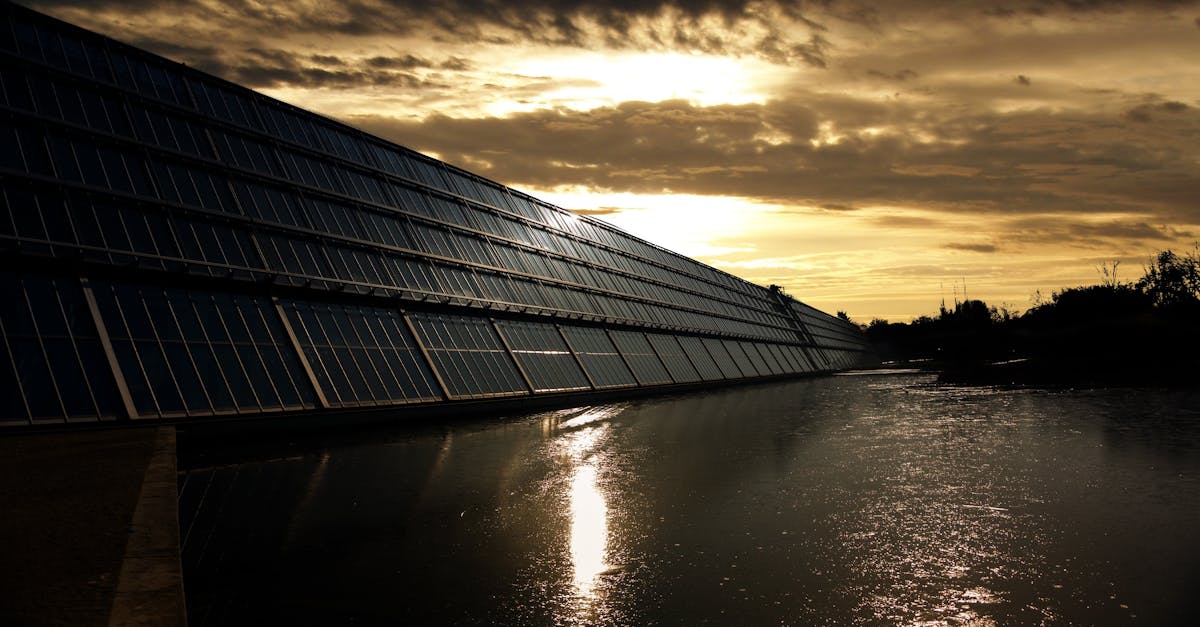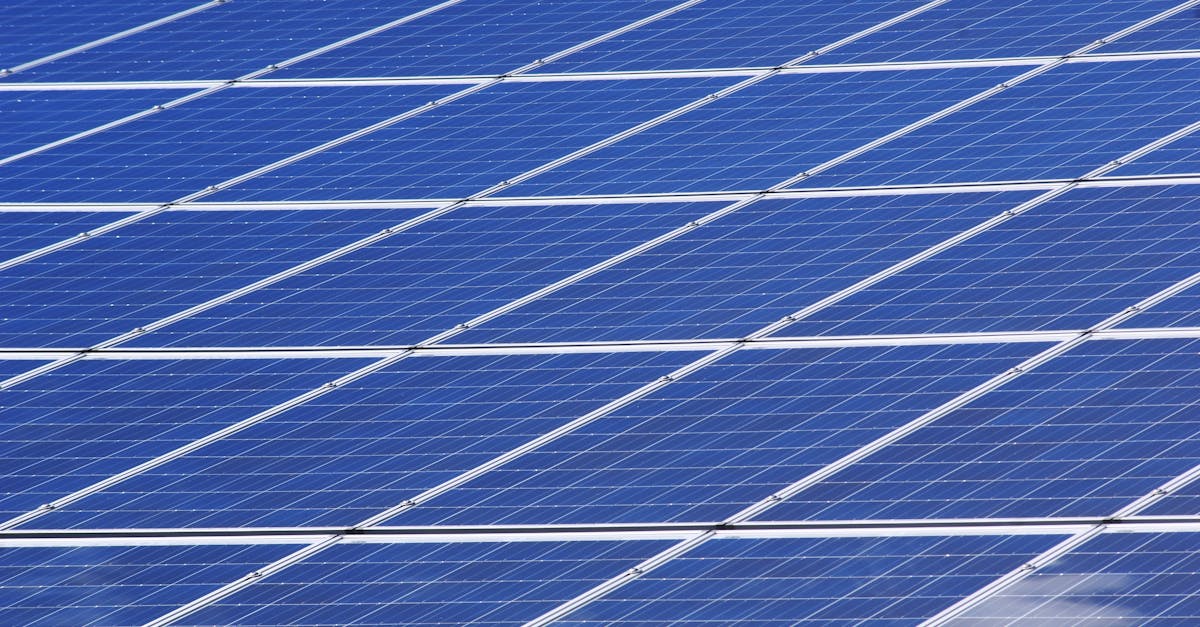
Table Of Contents
Assessing Your Property for Solar Feasibility
Evaluating your property's suitability for solar panel installation involves examining several key factors. First, assess the condition and type of your roof. Factors such as the angle, size, and orientation of the roof play a significant role in determining how much sunlight your panels can capture. A south-facing roof typically offers the best potential for solar energy generation, while shading from trees or nearby buildings can significantly reduce efficiency.
Another important aspect to consider is the local climate and weather conditions in your area. Regions with consistent sunlight will benefit more from solar panel installation than those with frequent overcast days or heavy rainfall. Understanding the energy consumption patterns of your household can also aid in deciding the right size and type of solar system to meet your needs, ensuring an effective transition to renewable energy.
Factors That Influence Solar Panel Placement
Several factors play a crucial role in determining the optimal placement of solar panels during solar panel installation. One of the most significant considerations is the angle and orientation of the roof. South-facing roofs typically receive the highest exposure to sunlight throughout the day, making them ideal for solar panel placement. Additionally, the pitch of the roof can influence the efficiency of the solar panels, as a steeper angle may enhance sun capture during certain seasons.
Another vital aspect is the presence of shading from trees, buildings, or other structures. Shading can dramatically reduce a solar panel's output, leading to inefficient energy generation. It is important to evaluate potential obstructions throughout the year, as seasonal changes can affect sunlight availability. Local climate conditions also need consideration, as areas with high levels of cloud cover or frequent rainfall may see diminished performance from solar panel systems.
Types of Solar Panel Systems
Solar panel systems can be categorised primarily into three types: grid-tied, off-grid, and hybrid systems. Grid-tied systems connect directly to the local utility grid, allowing for net metering where excess energy generated can be fed back in for credits. Off-grid systems operate independently, relying on battery storage to maintain a steady energy supply. Hybrid systems combine the best of both worlds, offering flexibility by incorporating battery storage while still linking to the grid.
When considering solar panel installation, choosing the right system largely depends on individual energy needs and location. For those intending to stay connected to the grid while reducing electricity bills, a grid-tied system may suffice. Conversely, remote locations without access to grid power may find off-grid systems more suitable. Hybrid systems can provide the ideal balance for users seeking both independence and reliance on grid power during peak consumption times.
Choosing the Right System for Your Needs
When selecting the right solar panel system, it is essential to consider your energy requirements and the space available for installation. Assess the total energy consumption of your household to determine the size and capacity of the solar panel system needed. A detailed analysis will help you understand whether a grid-tied, off-grid, or hybrid system aligns better with your energy goals. This understanding will assist you in making informed choices during the Solar Panel Installation process.
Moreover, evaluate the orientation and tilt of your roof. Factors such as shading from nearby trees or buildings can significantly impact the efficiency of solar panels. In addition, the local climate plays a crucial role in determining the optimal type of solar panels. Research various brands and technologies, as different systems offer unique benefits suited to specific environments. Being well-informed will streamline your Solar Panel Installation experience and ensure a system that meets both your needs and local regulations.
Tools and Equipment Needed
Embarking on a Solar Panel Installation project requires a specific set of tools and equipment to ensure a successful setup. Essential items include a ladder for accessing the roof, a drill for securing brackets, and a solar panel mounting system tailored to your roof type. Moreover, wiring tools such as wire strippers and connectors will be necessary to establish a proper electrical connection. Safety gear, such as gloves and goggles, should also be part of your toolkit to protect against potential hazards during the installation process.
Beyond the basic tools, you should consider acquiring a multimeter for measuring electrical output and ensuring everything functions correctly. A level will help in positioning the solar panels accurately to optimise energy capture. Additionally, incorporating a torque wrench into your toolkit allows for precise tightening of bolts, ensuring that everything is secured adequately. With the right equipment in place, you can approach your Solar Panel Installation with confidence, making sure you have everything you need for a smooth experience.
Essential Gear for DIY Installation
When embarking on solar panel installation as a DIY project, the right tools and equipment are crucial for ensuring a successful outcome. Basic tools such as a ladder, drill, and screwdrivers are indispensable for mounting the panels securely. You will also need a measuring tape to ensure precise measurements of the installation area. Additionally, a multimeter can be beneficial for testing voltage and ensuring the system operates correctly once installed.
Safety gear should not be overlooked. Harnesses and helmets protect against falls and head injuries while working at height. Sturdy gloves and safety glasses are essential to prevent cuts and eye injuries when handling the panels and other materials. Ensuring you have the appropriate gear will help facilitate a secure and efficient solar panel installation, making your efforts both safer and more effective.
FAQS
Is it legal to install solar panels myself in the UK?
Yes, it is legal to install solar panels yourself in the UK, provided you comply with local regulations and building codes.
Do I need planning permission to install solar panels on my property?
In many cases, solar panels are considered permitted development and do not require planning permission. However, it’s important to check with your local council, as restrictions may apply in certain areas.
Are there any specific regulations I need to follow when installing solar panels?
Yes, you must adhere to UK building regulations, which may include guidelines on electrical safety and structural integrity. It's advisable to consult a qualified electrician to ensure compliance.
Can I install solar panels if I live in a listed building or conservation area?
Installing solar panels on listed buildings or in conservation areas may require special permissions. Always check with your local authority for guidelines specific to your property.
What should I do if I encounter issues during my DIY solar panel installation?
If you face any difficulties during installation, it is best to consult a professional installer or electrician. They can provide guidance or assistance to ensure the system is installed safely and effectively.

